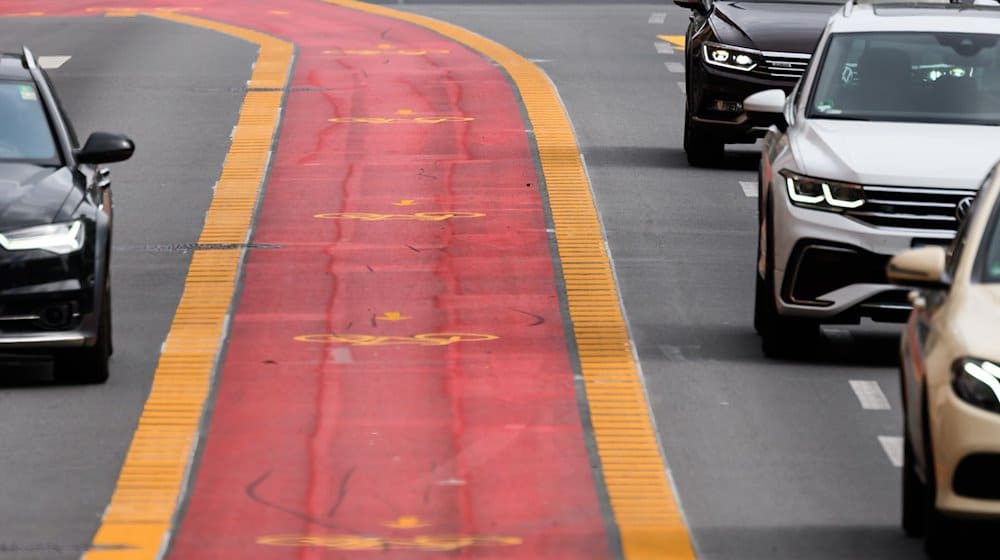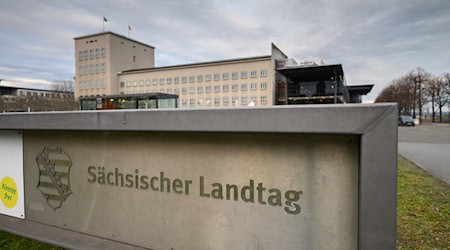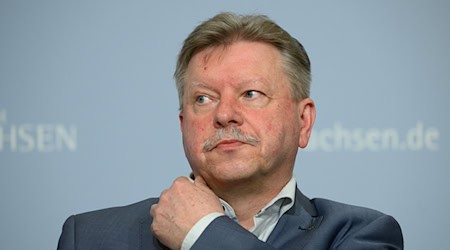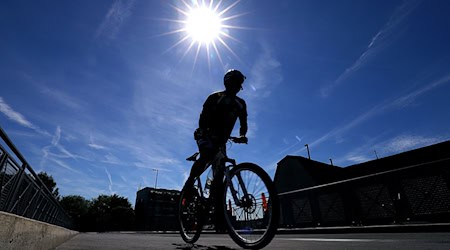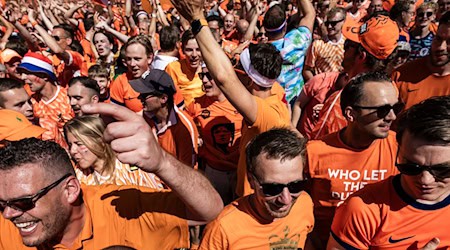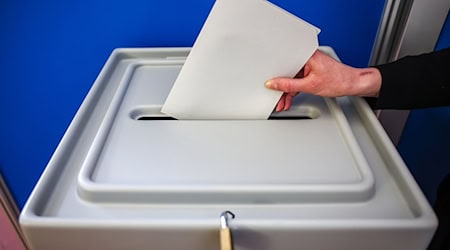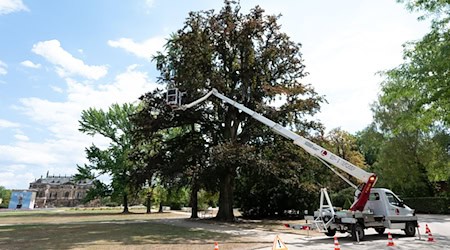After the aborted traffic trial on Dresden's famous Blaues Wunder bridge over the Elbe, the city continues to search for a safe solution for traffic there. Despite its short duration, it has shown that "a good offer for bicycle traffic is accepted and solves the conflicts on the footpath", said the responsible mayor Stephan Kühn (Greens) in a summary on Wednesday. For public transport and motor vehicle traffic, however, the cycle lanes on one of the bridgeheads had caused new problems.
It was not possible to determine whether road users had yet adjusted to the new situation, it said. This "settling-in phase" lasted several weeks. Further evaluations have not yet been completed.
The city council said it had implemented city council resolutions in favor of a "safe cycle route" across the Blue Wonder with the traffic trial. The controversial project began on April 7 and was supposed to last until June 16. After three weeks and widespread criticism, the cycle lanes on the bridge ramp were removed again and the traffic light phases were reinstated as before. In particular, long traffic jams during the morning rush hour for private and service traffic as well as public transport were met with protest.
The suspension bridge over the Elbe, which was put into operation in 1893 and is known as the Blue Wonder because of its color, is one of the landmarks of Saxony's state capital. It connects the eastern districts of Blasewitz and Loschwitz. On the bridgehead in the opposite direction, traffic is divided into three directions. During the traffic test, the straight-ahead lane on the bridgehead was the extension of the city-inward cycle path - but was drawn over the right-turn lane.
Copyright 2024, dpa (www.dpa.de). All rights reserved

